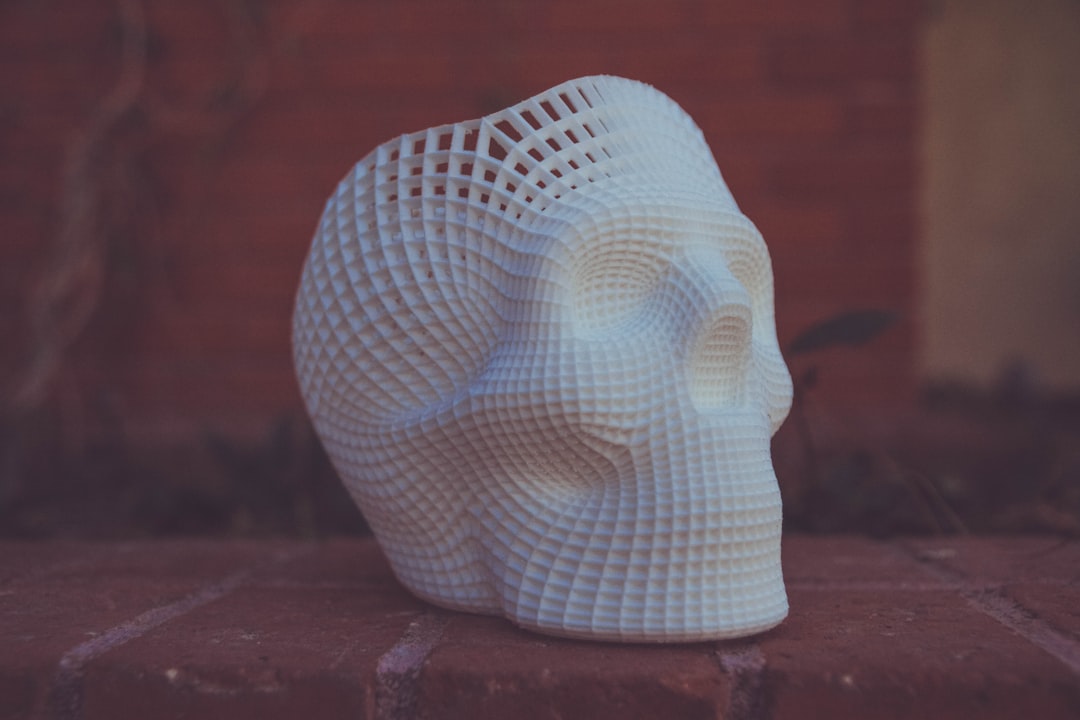What is it about?
Taxifolin is a natural bioactive substance and it is well known as an antioxidant. We developed a simple method to obtain a new self-assembled solid form of taxifolin - microtubes. X-ray diffraction, XRPD, microscopy, mass spectrometry, 1H NMR spectroscopy, UV spectroscopy, and FTIR spectroscopy and computer simulation were used to characterize the microtubes of taxifolin.
Featured Image

Photo by Markus Spiske on Unsplash
Why is it important?
The experimental results demonstrate that the microtubes and raw taxifolin both exist in crystalline form with the same structure of the crystal unit. However, these taxifolin forms demonstrate different morphological and physicochemical properties, that could be explained via formation process. We suppose, that taxifolin microtubes have a potential for use in biomedical applications.
Perspectives
This article is my first experience of scientific work at so high level and it is an important step on my way for PhD-thesis preparation. We had an excellent cross-disciplinary team to make this paper is possible. I hope that our article would be really interesting for a wide readership, who interested in natural polyphenols, crystal engineering, functional materials, and self-assembly.
Roman P. Terekhov
Sechenov First Moscow State Medical University
Read the Original
This page is a summary of: Taxifolin tubes: crystal engineering and characteristics, Acta Crystallographica Section B Structural Science Crystal Engineering and Materials, March 2019, International Union of Crystallography,
DOI: 10.1107/s2052520619000969.
You can read the full text:
Contributors
The following have contributed to this page










